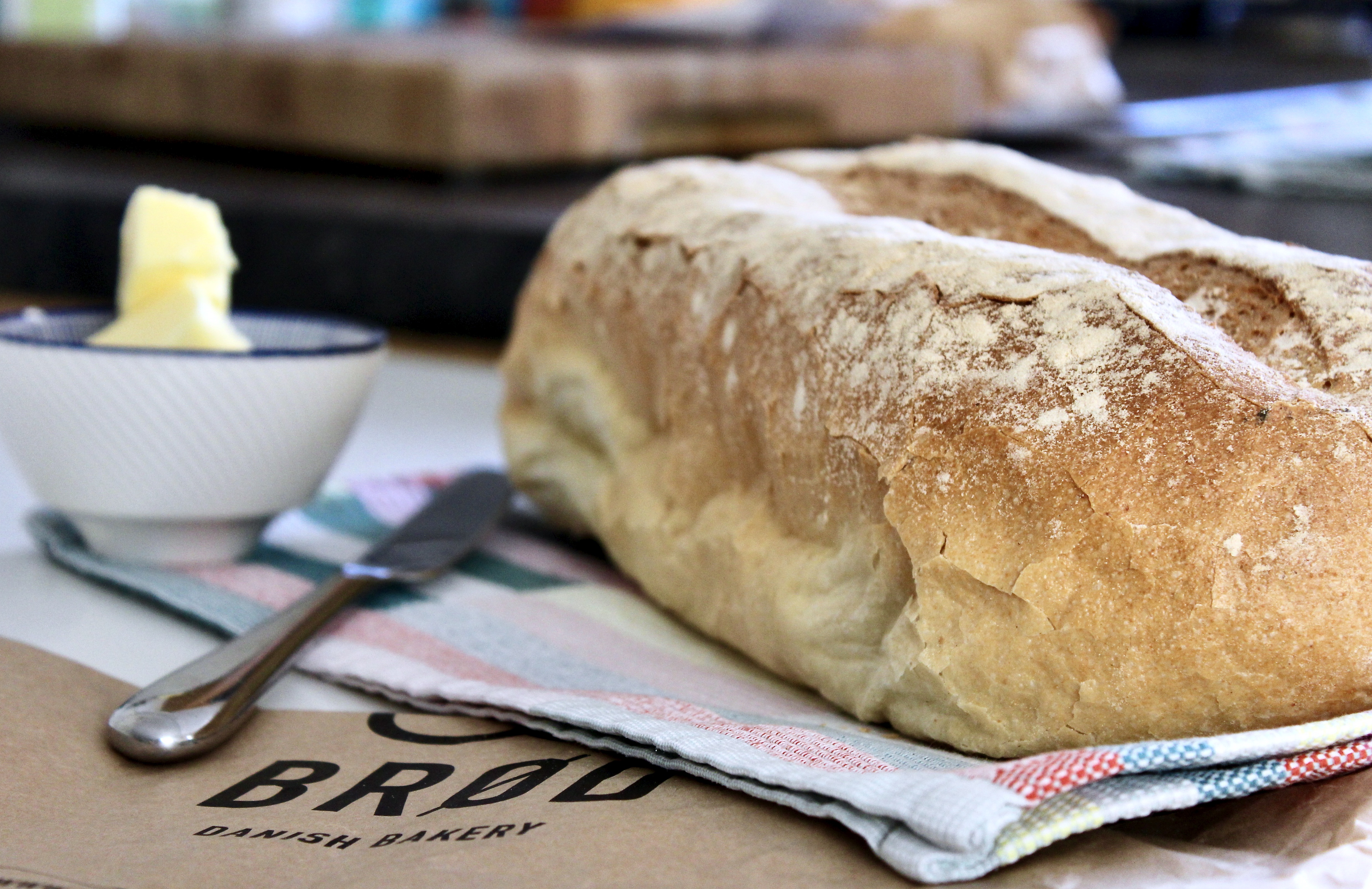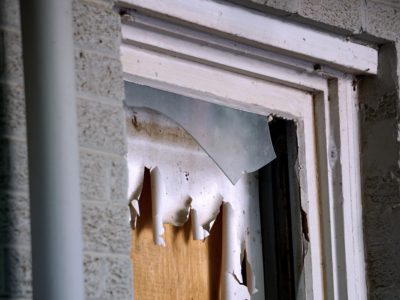The location of BRØD, present and future.
The common view of Danish pastry is a bit of a misnomer.
Today’s Danish pastries aren’t originally Danish at all, but were in fact bought into the country by Austrian bakers in the 19th century.
A traditional Danish will use yeast leavened dough, folded 27 times to incorporate margarine within super fine laminations (the baking term for layers of dough and fat).
As they’re cooked, these laminations puff up as air inside them is heated and expands, giving a light, flaky pastry.
Here’s a video showing how a traditional pastry, the “Spandauer”, is made.
The Spandauer can be found in almost every Danish bakery, the world over.
A Pontcanna based Danish bakery is expanding to a new premises in Penarth and offering apprenticeships in baking
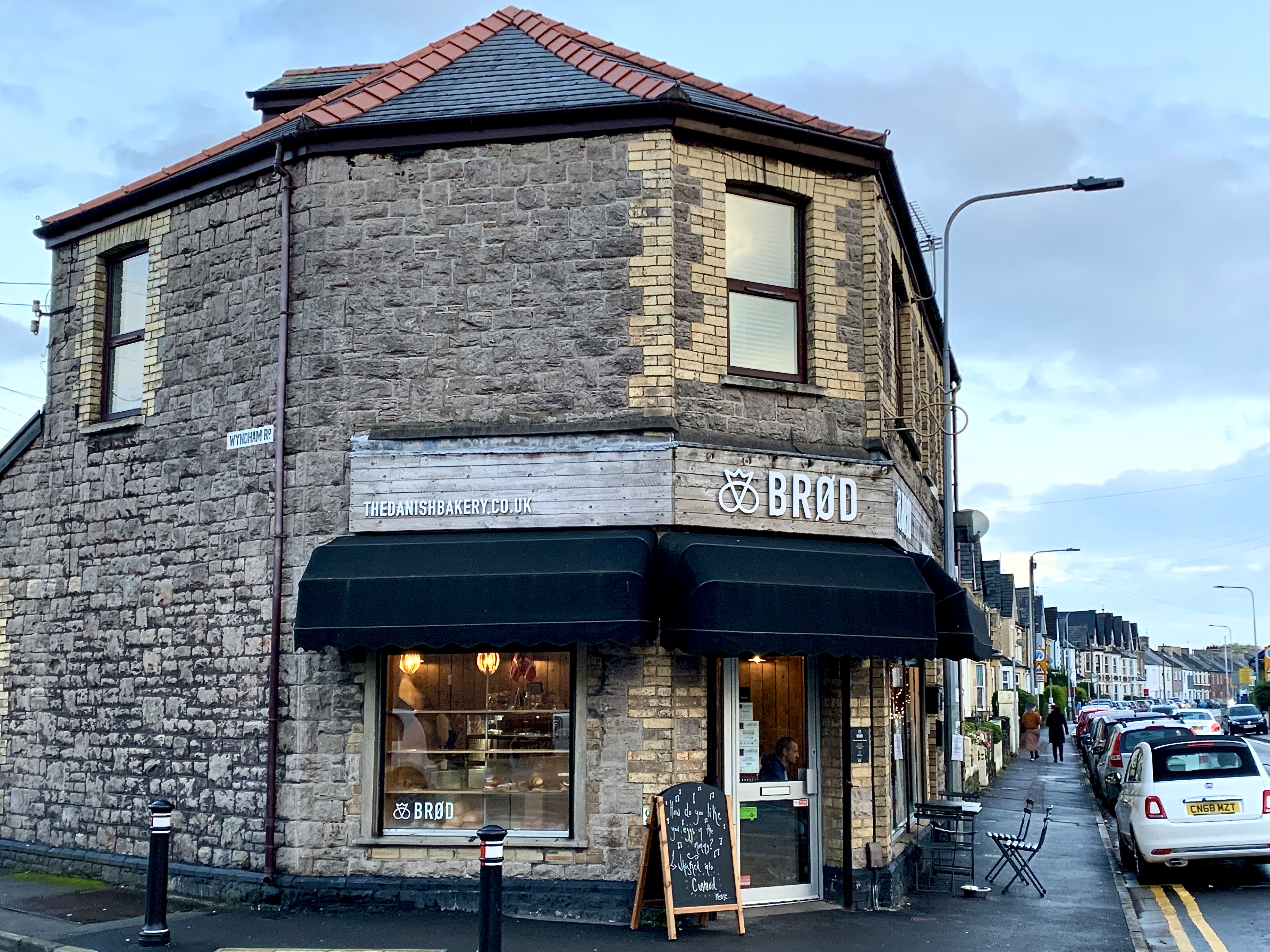
Award winning Danish bakery, BRØD, is capitalising upon its success in Pontcanna by expanding into a second premises in Penarth.
The venture is currently recruiting for two positions at the original store, while the new location will soon need staffing too.
This means that the business is bringing numerous jobs to the area.
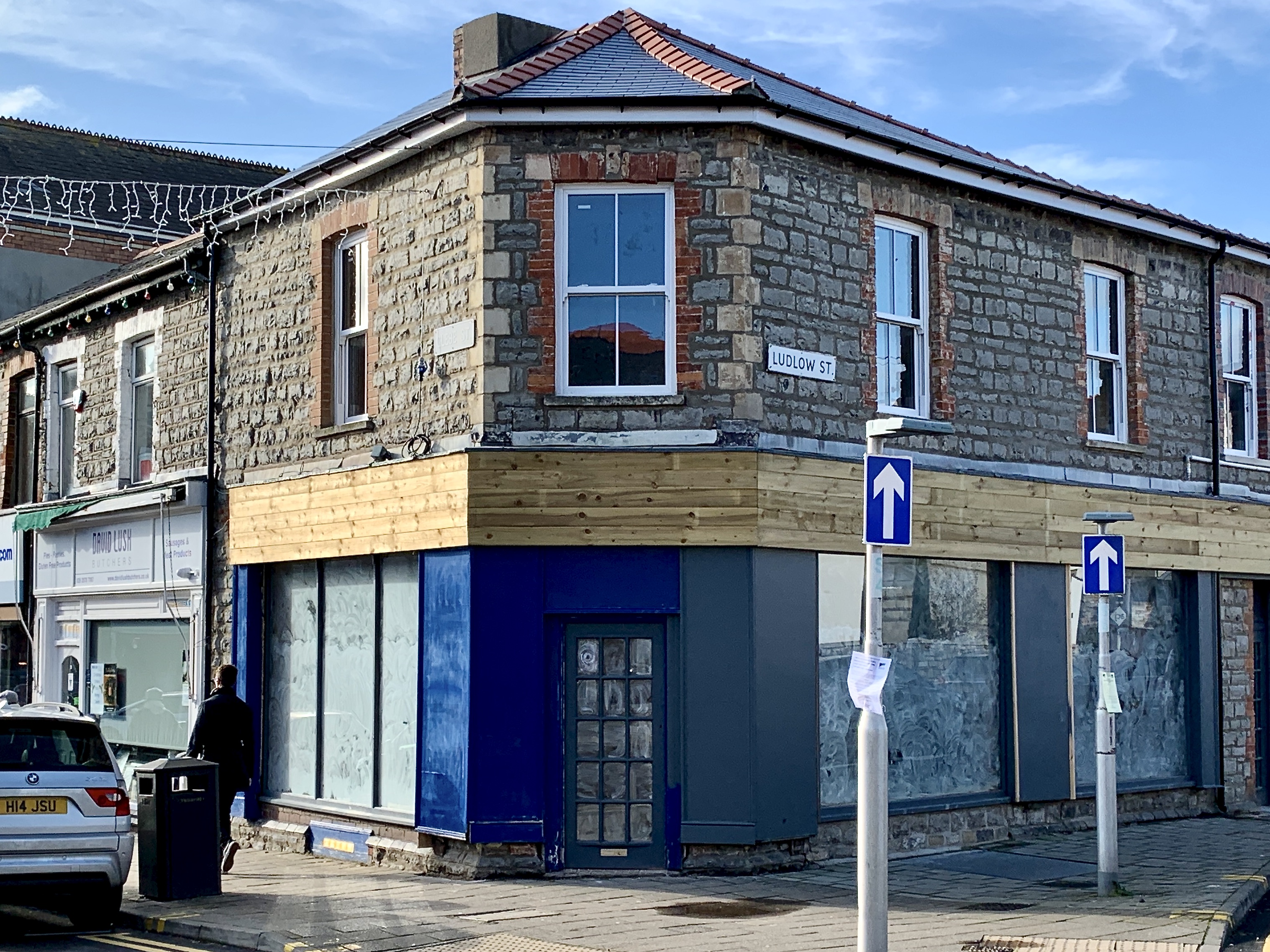
There is also a baking apprenticeship, which will give young people the skills to become professional bakers, Danish style, and perhaps go on to win awards of their own.
“My dream and goal when I started this business was to bring more artisan bakers to the industry” said Betina Skovbro, BRØD’s founder and owner, in a recent news update.
While hospitality apprenticeships in Cardiff rose 126% between academic years 2016/17 and 2017/18, that only represents a numeric rise of 75 roles in a city of over 300,000.
In such a context, BRØD’s yearly offering of an apprenticeship is undoubtedly good news for the Cardiff economy.
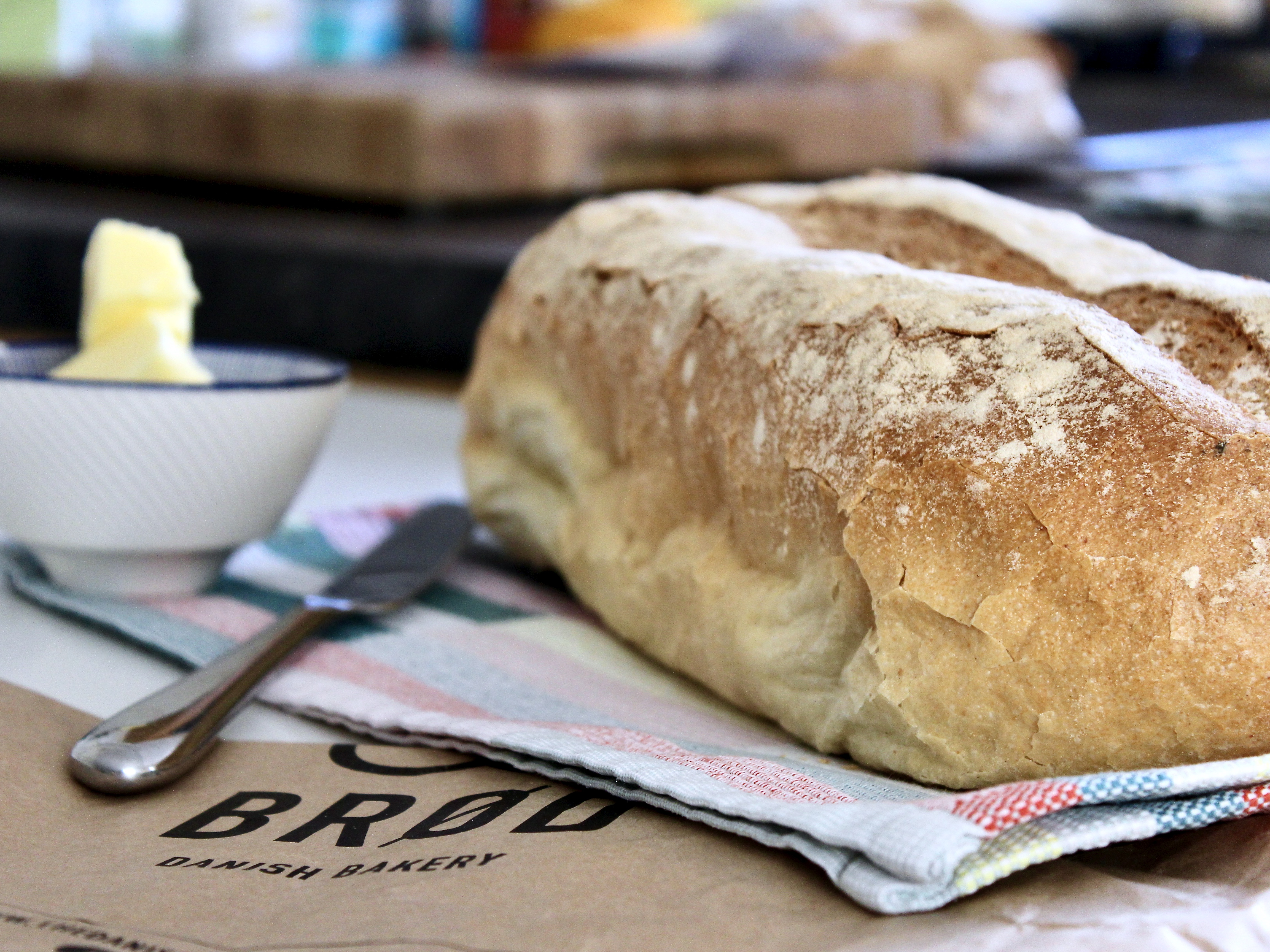
Economics aside, BRØD also provides a gastronomic benefit to Cardiff by adding to its ever-increasing culinary diversity.
This has benefitted them in return, as it’s their combination of authentic Danish cuisine and British cafe culture which pulls in the punters.
Professor Karin Wahl-Jorgeson, a director of Cardiff University and herself a Dane, said, “most Danish bakeries are just shops where you can pick up baked pastries.
“But BRØD is a British version of an increasingly popular model of bakery cafe where you can have pastries and a nice cup of coffee.”
“It has lots of delicious pastries that are just like the ones you get in Denmark, and that are impossible to find anywhere else.
“My Danish cousin, who lived in Cambridge, would make special pilgrimages to BRØD and would bring home huge boxes of pastries.”
The location of BRØD, present and future.
The common view of Danish pastry is a bit of a misnomer.
Today’s Danish pastries aren’t originally Danish at all, but were in fact bought into the country by Austrian bakers in the 19th century.
A traditional Danish will use yeast leavened dough, folded 27 times to incorporate margarine within super fine laminations (the baking term for layers of dough and fat).
As they’re cooked, these laminations puff up as air inside them is heated and expands, giving a light, flaky pastry.
Here’s a video showing how a traditional pastry, the “Spandauer”, is made.
The Spandauer can be found in almost every Danish bakery, the world over.

